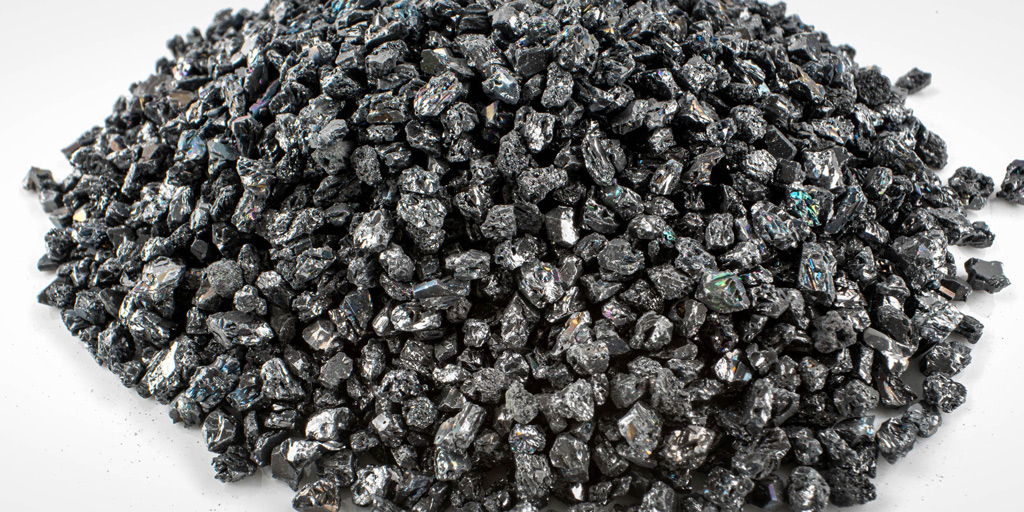In 2020, the European Commission published the report “Study on the EU’s list of
Critical Raw Materials”[1]. This extensive report identified a list of 30 materials that
are considered essential commodities for the EU economy, key enablers of Europe’s
digital, environmental, and defense ambitions but at the same time facing high
supply risks[2].
The importance of securing the supply of CRMs started to re-gain attention during
the pandemic, with the disruptions of the world’s value chain and the need to acquire
certain equipment or goods necessary to face the pandemic.
The supply of such materials is of key importance for the renewable energy sector,
since the major driving technologies, such as photovoltaics and wind turbines are
reliant on such materials for different components.
The 2020 list contains the following CRMs:
Antimony, Fluorspar, Magnesium, Silicon Metal, Baryte, Gallium, Natural Graphite,
Tantalum, Bauxite, Germanium, Natural Rubber, Titanium, Beryllium, Hafnium,
Niobium, Vanadium, Bismuth, HREEs (Heavy Rare Earth Elements), PGMs,
Tungsten, Borates, Indium, Phosphate rock, Strontium, Cobalt, Lithium, Phosphorus,
Coking Coal, LREEs (Light Rare Earth Elements), Scandium.
In particular, CRMs use in solar PV technologies are the following
Boron: used as a dopant in crystal lattice of the silicon-based wafers
Germanium: used as semiconductor materials for multi-junction solar cells
Silicon: as a semiconductor material in crystalline or amorphous solar cells
Gallium: used as a dopant in semiconductors
Indium: used as a conductive layer
Silicon is by far the most pivotal material for this technology and supply risks and
bottlenecks are present all along the supply chain. For instance, China is the
dominant player in the production of PV technology components, such as
Crystalline/amorphous Silicon cells and Wafers. The Asiatic giant has in fact a
market share topping 89% in this sector and is also a leader in the field of processed
materials (Si-metal, polysilicon, etc) and Assemblies (Si-modules, thin film, Si-
modules, etc).
This situation needs to be addressed and Europe should find solutions to minimize
supply and strategic risks deriving from the non-availability of CRMs and their
derivatives.
In the study “Critical Raw Materials for Strategic Technologies and Sectors in the
EU”[[3]], one of the main recommendations deals with recycling, reuse and
substitution. Quoting the study:
“Recycling and reuse of solar panels are only beginning since the volume of end-of-
life products is still low. Silicon metal is currently not recovered from post-consumer
waste. There is some potential for recycling silicon metal from scrap in the PV
industry. Most silicon scrap generated during crystal ingot and wafer production for
electronic applications can be used in the PV industry due to the higher quality
(purity) of the silicon metal. Yet this potential is rather limited; electronic applications
account for only 2% of silicon metal end uses. Therefore, the tangible flow of
recycled silicon metal for the PV industry is the industry itself. Including a recycling
strategy in the manufacturing process for PV modules is important since it can
ensure some secondary material flows for PV manufacturers and can also maximize
their profits. Moreover, recycled silicon metal is less energy intensive than the
primary form. The early adoption of recycling targets, unified for all Member States,
may lead to higher recycling and recovery rates. In addition, unification of the
classifi- cation of waste streams from PV panels across the EU is highly desirable”
The activities of the RESiLEX project are in the wake of these recommendations,
focusing on material recycling and substitution of CRM in photovoltaic production.
02 – https://op.europa.eu/it/publication-detail/-/publication/c0d5292a-ee54-11ea-991b- 01aa75ed71a1/language-en
